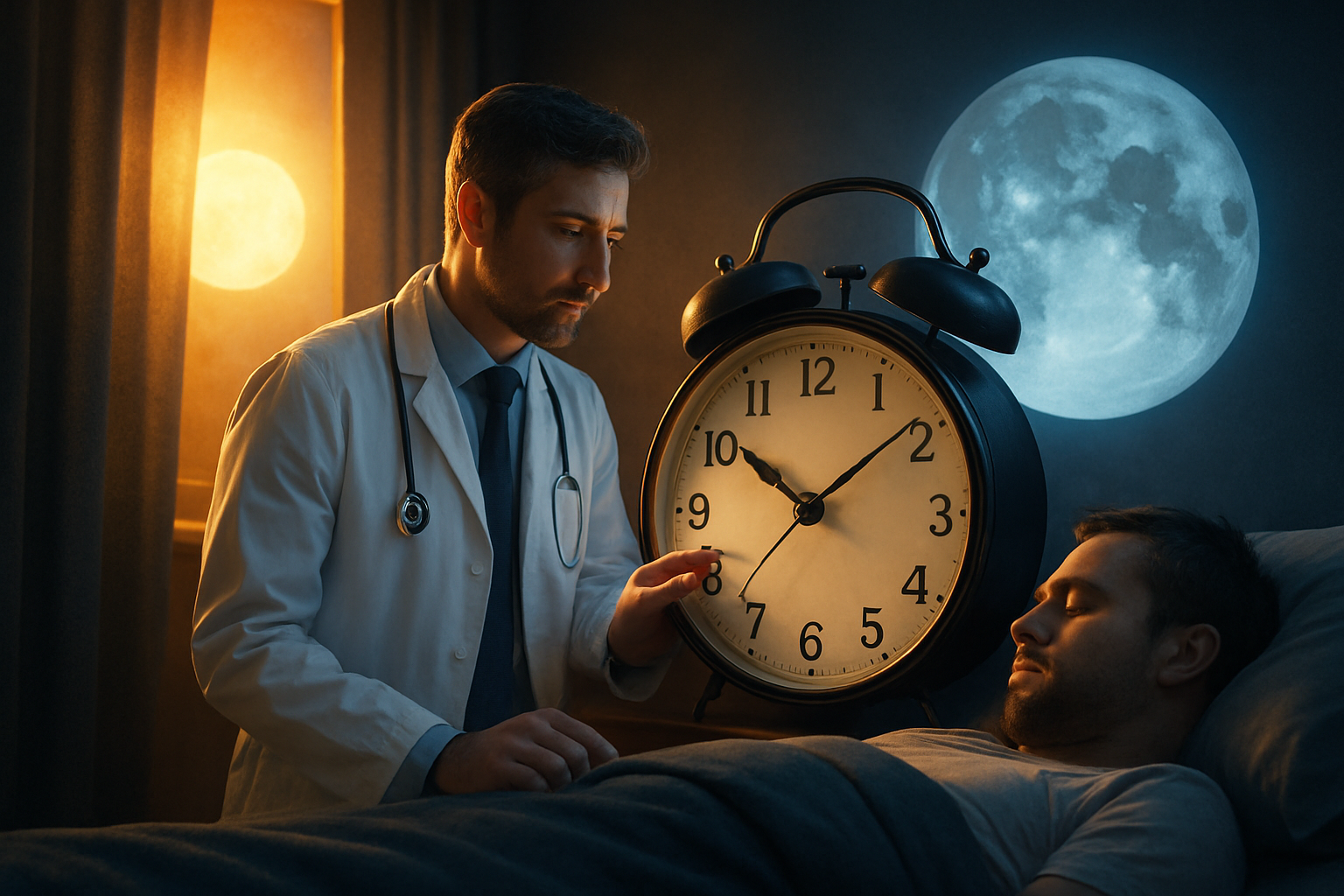Understanding the Causes of Excessive Sleepiness: An In-Depth Exploration
Excessive daytime sleepiness is a common yet often overlooked issue that affects millions of people worldwide. This persistent feeling of drowsiness during waking hours can significantly impact an individual's quality of life, productivity, and overall well-being. In this article, we'll delve into the various causes of excessive sleepiness, explore its impact on daily life, and discuss potential solutions to help those struggling with this condition.

What exactly is excessive daytime sleepiness?
Excessive daytime sleepiness (EDS) is characterized by an overwhelming urge to sleep during the day, even after getting what should be a sufficient amount of nighttime rest. It goes beyond normal tiredness and can interfere with work, social activities, and personal relationships. EDS is often a symptom of underlying sleep disorders or other medical conditions, making it crucial to identify and address the root cause.
What are the most common causes of excessive sleepiness?
The causes of excessive sleepiness are diverse and can range from lifestyle factors to serious medical conditions. Some of the most common culprits include:
-
Sleep deprivation: Not getting enough sleep consistently can lead to daytime drowsiness.
-
Sleep disorders: Conditions like sleep apnea, narcolepsy, and insomnia can disrupt sleep quality and quantity.
-
Medications: Certain drugs, including antihistamines and antidepressants, may cause drowsiness as a side effect.
-
Medical conditions: Chronic fatigue syndrome, depression, and thyroid disorders can all contribute to excessive sleepiness.
-
Circadian rhythm disorders: Jet lag or shift work can disrupt the body’s natural sleep-wake cycle.
Understanding these potential causes is the first step in addressing excessive daytime sleepiness effectively.
How does excessive sleepiness impact a person’s daily life?
The effects of excessive daytime sleepiness can be far-reaching and detrimental to various aspects of life. Some of the most significant impacts include:
-
Decreased productivity and performance at work or school
-
Increased risk of accidents, particularly while driving or operating machinery
-
Impaired cognitive function, including memory and decision-making abilities
-
Mood disturbances, such as irritability and depression
-
Strained personal relationships due to reduced social engagement
-
Overall decreased quality of life and enjoyment of daily activities
These consequences highlight the importance of addressing excessive sleepiness promptly and effectively.
What sleep disorders are commonly associated with daytime sleepiness?
Several sleep disorders can lead to excessive daytime sleepiness. Understanding these conditions is crucial for proper diagnosis and treatment:
-
Obstructive Sleep Apnea (OSA): This condition causes breathing interruptions during sleep, leading to poor sleep quality and daytime drowsiness.
-
Narcolepsy: A neurological disorder characterized by sudden sleep attacks and excessive daytime sleepiness.
-
Restless Leg Syndrome (RLS): An urge to move the legs, often accompanied by discomfort, can disrupt sleep and cause daytime fatigue.
-
Insomnia: Difficulty falling asleep or staying asleep can result in daytime sleepiness.
-
Hypersomnia: A condition marked by excessive sleepiness despite adequate or even prolonged nighttime sleep.
Identifying these disorders is essential for developing an effective treatment plan to combat excessive daytime sleepiness.
How is excessive daytime sleepiness diagnosed and treated?
Diagnosing excessive daytime sleepiness typically involves a comprehensive approach:
-
Medical history review: A healthcare provider will assess sleep patterns, lifestyle factors, and any existing medical conditions.
-
Sleep diary: Patients may be asked to keep a log of their sleep habits and daytime drowsiness.
-
Sleep studies: Polysomnography or multiple sleep latency tests can help identify underlying sleep disorders.
-
Physical examination: This may include blood tests to rule out medical conditions contributing to sleepiness.
Treatment options vary depending on the underlying cause but may include:
-
Lifestyle changes: Improving sleep hygiene, maintaining a consistent sleep schedule, and regular exercise.
-
Cognitive Behavioral Therapy for Insomnia (CBT-I): A structured program to address thoughts and behaviors that interfere with sleep.
-
Medications: Stimulants or other drugs may be prescribed to manage specific sleep disorders or excessive sleepiness.
-
Continuous Positive Airway Pressure (CPAP): For sleep apnea, a CPAP machine can help maintain open airways during sleep.
-
Light therapy: Exposure to bright light at specific times can help regulate the circadian rhythm.
What strategies can help manage excessive daytime sleepiness?
While professional medical advice is crucial for addressing excessive daytime sleepiness, there are several self-help strategies that individuals can employ:
-
Maintain a consistent sleep schedule, even on weekends
-
Create a relaxing bedtime routine to signal the body it’s time to sleep
-
Optimize the sleep environment by ensuring a dark, quiet, and cool bedroom
-
Limit caffeine and alcohol consumption, especially in the hours before bedtime
-
Engage in regular physical activity, but avoid intense exercise close to bedtime
-
Practice stress-reduction techniques such as meditation or deep breathing exercises
-
Take short power naps (15-20 minutes) during the day if needed, but avoid long naps that can interfere with nighttime sleep
By implementing these strategies and seeking professional help when necessary, individuals can take significant steps towards managing excessive daytime sleepiness and improving their overall quality of life.
Excessive daytime sleepiness is a complex issue with various potential causes and far-reaching effects on daily life. By understanding the underlying factors, seeking proper diagnosis, and implementing effective treatment strategies, individuals can work towards overcoming this challenging condition and regaining control of their wakefulness and well-being.
This article is for informational purposes only and should not be considered medical advice. Please consult a qualified healthcare professional for personalized guidance and treatment.




